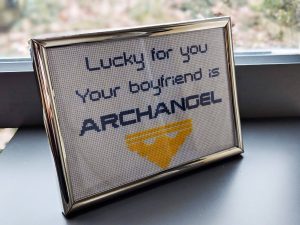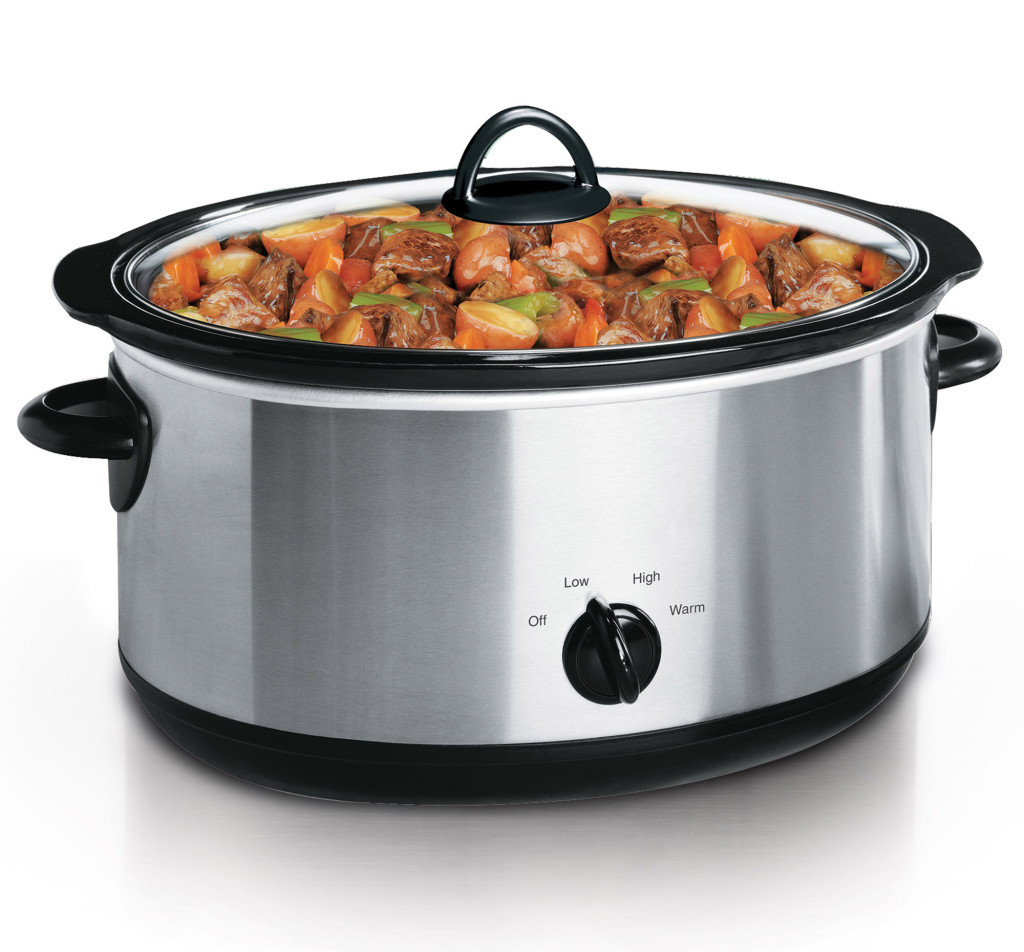
It’s not just your grandparent’s hobby
By Lauren Kelly, Graphics Manager
Needlework, or decorative sewing, is often regarded as a hobby for older people. This is doubly so for cross-stitch because most people think of seeing works hanging in their grandma’s kitchen, with cute phrases and little cross-stitched flowers. I’m not saying these aren’t wonderful creations as well, but they don’t really excite our generation.
I recently decided to give cross-stitch a try because I felt like picking up a creative hobby to do while I’m watching TV or taking transit. Many people do needlework to help their mental health because it gives them something calming to focus on. It’s also a great way to make gifts for friends, plus it gives me a sense of accomplishment when I complete a piece. There are tons of positives, and it is very easy to get started with this hobby.
You’ll need to find a pattern that excites you. I recommend checking Etsy because it’s filled with digital patterns that on average cost around $4 and exist for nearly every fandom, mood, or sentiment. Want to remind guests, “Please don’t do coke in the bathroom”? Want to show your love for The Legend of Zelda with some pixel art? There’s a pattern for everything.
You might be asking, “What do you need to make your cross-stitch?” First, head to the closest Michael’s or equivalent craft store. You will want to pick up a small pair of thread scissors, blunt needles, aida cloth (also known as java canvas), a cross-stitch hoop, and floss in the colours you’ll need for your pattern. To find this colour requirement, check the pattern file. It will have a full list of the colours needed with the DMC numbers. DMC numbers are a way of categorizing medici or broder medici thread because previously this thread was only made and distributed by Dollfus-Mieg and Company—otherwise known as DMC. Check these numbers against the floss options; Michaels should have everything available.
Next, check your pattern for the suggested aida count. This refers to the number of squares per inch of fabric. The most common are 14-count and 18-count, with the former being better for beginners but neither being too tricky. Lastly, choose your hoop by the size of your pattern. If it doesn’t give the dimension in inches, calculate this by dividing the stitch count by your choice of aida, then add at least an inch or two so you have breathing room on each side.
Once you’ve got all this figured out, you’re ready to start! I recommend watching a video on how to load up your cloth into your hoop and how to start and close off your stitches. After that, it’s a quick learning process and a lot of fun. Finally, I’ll leave you with some tips that helped me a lot.
Tips
- Be patient when you start. At the beginning your stitches will take longer, but the more you do it the quicker you will become.
- Don’t buy a multi-pack of thread. It may seem like a good idea to buy 60 different colours in bulk, but many of these won’t be used for a long time, and there’s no guarantee that a huge pack will include all of the colours you need.
- Use a light-coloured pen or pencil to mark every 10 squares on the back of your cloth. Your pattern will be laid out in 10 by 10 squares, so this will help you find your place.
- If you’re doing a long stretch of all one colour, cross over one way first for each and then come back the other way to complete the stitches. This will result in higher consistency between the stitches.
Start with a simple pattern. You might make a few mistakes in your first one, and because it’ll be slower a long pattern could be demotivating. Save a big project for after you’ve made a few.


